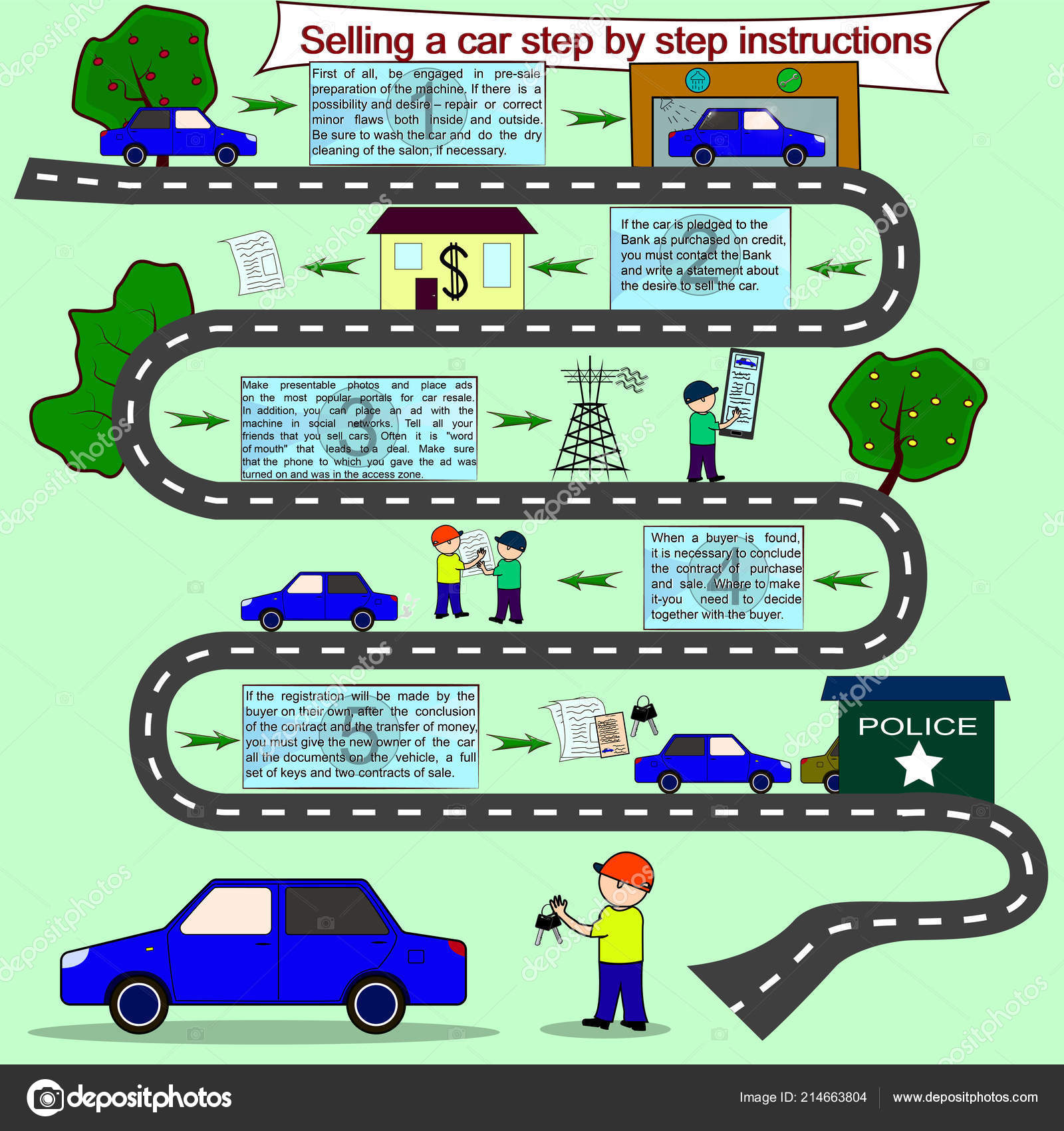Understanding The Meaning Behind Your Automobile'S Caution Lighting: A Thorough Look
Understanding The Meaning Behind Your Automobile'S Caution Lighting: A Thorough Look
Blog Article
Content Writer-Hartley Alvarado
When you lag the wheel, those glowing warning lights on your dashboard can be a bit bewildering. Do you understand what they're attempting to tell you about your automobile's health and wellness? Recognizing the value of these lights is important for your security and the long life of your lorry. So, the following time one of those lights pops up, wouldn't you wish to decode its message precisely and take the needed actions to resolve it?
Common Caution Lighting and Interpretations
Recognize common caution lights in your vehicle and recognize their definitions to guarantee secure driving.
One of the most common warning lights consist of the check engine light, which signals issues with the engine or emissions system. If this light begins, it's important to have your automobile checked without delay.
The oil pressure advising light indicates reduced oil stress, requiring prompt focus to stop engine damage.
A flashing battery light could suggest a faulty charging system, possibly leaving you stranded otherwise resolved.
The tire stress monitoring system (TPMS) light alerts you to low tire stress, influencing vehicle stability and gas efficiency. Ignoring this might lead to dangerous driving conditions.
The abdominal muscle light indicates an issue with the anti-lock stopping system, endangering your capacity to quit promptly in emergencies.
Finally, the coolant temperature level alerting light warns of engine getting too hot, which can cause extreme damages otherwise settled promptly.
Recognizing these typical warning lights will assist you attend to issues without delay and maintain safe driving conditions.
Value of Prompt Focus
Comprehending the usual caution lights in your vehicle is only the primary step; the importance of promptly dealing with these warnings can't be stressed enough to ensure your safety and security on the road.
When a warning light illuminates on your control panel, it's your car's way of communicating a potential concern that requires attention. Neglecting these warnings can cause a lot more severe issues later on, jeopardizing your security and potentially costing you a lot more out of commission.
Prompt focus to advising lights can protect against breakdowns and mishaps. For example, a blinking check engine light can show a misfire that, if left neglected, can cause damage to the catalytic converter. Resolving this promptly can conserve you from a costly repair service.
Similarly, a brake system alerting light may indicate reduced brake fluid or used brake pads, important parts for your safety when driving.
Do It Yourself Troubleshooting Tips
If you notice a warning light on your control panel, there are a few DIY repairing suggestions you can try before looking for expert assistance.
The primary step is to consult your car's manual to comprehend what the details warning light suggests. In some cases the issue can be as easy as a loose gas cap causing the check engine light. Tightening up the gas cap may settle the trouble.
One more typical issue is a low battery, which can set off numerous alerting lights. Examining the battery connections for corrosion and guaranteeing they're safe might take care of the problem.
If a warning light continues, you can attempt resetting it by disconnecting the vehicle's battery for a couple of minutes and after that reconnecting it. In addition, checking your vehicle's liquid degrees, such as oil, coolant, and brake liquid, can assist fix alerting lights associated with these systems.
https://louiswrlfz.bloggactif.com/33205319/discover-just-how-green-auto-describing-products-can-raise-your-car-s-luster-while-securing-the-world-find-the-lasting-choices-waiting-for-you
In conclusion, understanding your cars and truck's warning lights is vital for maintaining your vehicle running smoothly and securely. By without visit the next website page dealing with these alerts and knowing what they imply, you can avoid pricey repair services and potential break downs.
Keep in mind to consult your auto's handbook for particular details on each alerting light and do something about it accordingly to guarantee a trouble-free driving experience.
Stay notified, stay risk-free on the road!
